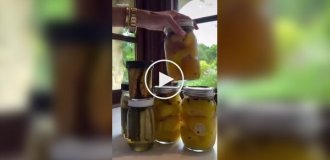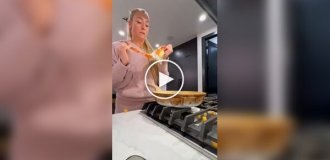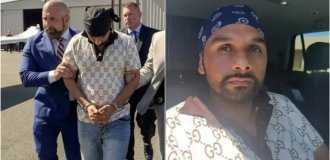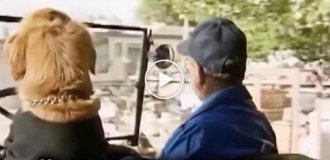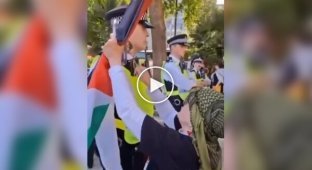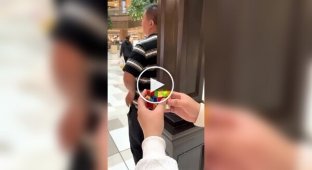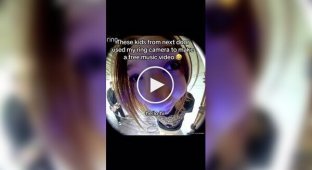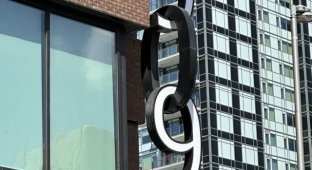Shiro Ishii: the author of terrible biological experiments that claimed the lives of thousands of people (9 photos)
During World War II, the Japanese physician Shiro Ishii, being commander of Unit 731, conducted some of the worst medical experiments in recent history. From biological weapons testing to autopsy for profit, Unit 731 committed such heinous crimes against men, women and children, which is scary even to imagine. 
early years
Shiro Ishii grew up in feudal Japan, where his family was largest local landowner. The father of the family was producing sake, Ishii was one of four children. From a young age classmates described him as "cocky, blunt and arrogant". After completing medical studies at the Imperial University Kyoto in 1920, Ishii was enlisted in the Imperial Japanese Army in as a military surgeon and made such a strong impression on bosses that in 1924 he was again invited to the Imperial Kyoto University in graduate school for research. 
According to those who worked with Ishii at the time, he demonstrated "assertive behavior" and "indifference" to his classmates. Ishii preferred his “pets” to the society of people - bacteria, which he grew in petri dishes. He also remained late in the labs, using the equipment that the students diligently cleaned, and deliberately left the equipment dirty in hope that other students will be punished for this. It's strange dissociative behavior eventually led to Ishii becoming treat people as objects for experiments without any scientific reason. 
By 1927, Ishii was openly expressing an interest in creating a Japanese biological weapons programs to research new uses biological and chemical weapons—two years earlier, Japan signed the Geneva Protocol banning the use of "suffocating, poisonous or other gases, as well as bacteriological methods of struggle. IN In early 1931, Ishii was promoted to Senior Army Surgeon of the Third class due to the fact that he worked late late in the laboratory and his extreme devotion to Emperor Hirohito. He was also known as drunkard, womanizer and embezzler.
Detachment 731
During Ishii's promotion, China and Japan found themselves embroiled in a tense war. When Japan gained control in 1931 over Chinese territories, she had a great opportunity create test centers with an unlimited number of Chinese prisoners to be used in horrific experiments.
The first such center of Ishii was the Beiyinhe site, a fortress Zhongma in Beiyinhe, China. There were a thousand prisoners in the institution, who have been subjected to cruel procedures such as extreme fencing blood every three to five days until they become too weak, to continue. The institution was closed in 1936, and by that time Ishii was already planning a facility to host much more sinister experiments. 
Ishii was promoted to Senior Army Surgeon Second Class, and in 1936 he was appointed commander of the now infamous Detachment 731. This unit was a secret organization for research and development of chemical weapons, disguised as Epidemic Prevention and Water Purification Office of the Kwantung Army. However, 731 was neither an epidemic prevention department nor a chemical weapons research. Behind the bureaucratic haze Unit 731 was implemented to legitimize the deliberate torture and killing of innocents people supposedly for the benefit of science and progress. 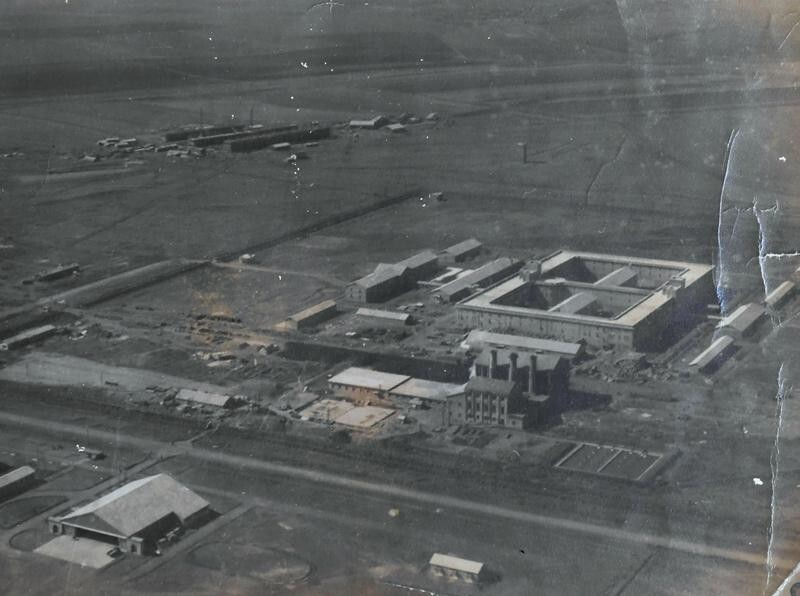
Under the command of Shiro Ishii, Unit 731 took part in special project called "Maruta", in which people were used as test subjects. Maruta is a Japanese word meaning "logs", a reference to how the subjects were jokingly called their tormentors. The official cover for Object 731 was that it was there was a sawmill, so the researchers and guards called the prisoners and victims of "logs" to keep the project a secret, using it in contexts such as "how many logs fell today?". 
Chilling obsession with "plague bombs"
Prisoners were infected with diseases through injections, subjected to vivisection without anesthesia and all kinds of copperQing experiments. Limbs were amputated to study blood loss, people were locked in rooms with fans to better understand the effects of temperature and dehydration, and women were often raped to get babies for use in experiments. Many experiments have been based on modeling real life scenarios to help clinicians understand how treat injuries to military personnel.
Some prisoners were deliberately subjected to frostbite on their hands: they stood in the cold with their hands soaked in water so that the doctors could learn how best to cure frostbite. Others were placed in centrifuges until until their eyes popped out of their sockets from high pressure, to understand how much pressure the body can be subjected to. 
Much of Unit 731's disease research was carried out as part of Operation Cherry Blossom at Night, a plan initiated by Ishii, to release plague-infected rats on territory occupied by the Allies of World War II. plan so has not been implemented, but countless lives have already been lost during the research phase of the project.
At least 12 events were held in 11 cities in China large scale field trials. Only one attack in 1941 claimed the lives of 10,000 local residents and another 1,700 Japanese soldiers due to cholera. According to the idea proposed by Ishii, smallpox, anthrax, botulism and bubonic plague were placed in bombs with bacilli for defoliation or bombs from fleas and dumped in populated areas. Children and villagers also handed out poisoned food and candy. 
After the "plague bombs" were dropped, researchers in wearing hazmat suits watched unsuspecting victims. TO In 1945, the Japanese were ready to launch Operation Cherry Blossom at Night, planning to release thousands of plague-infected rats along the coast California September 22, 1945. The Japanese surrendered to the Americans for five weeks before this date.
Ishii was the architect of these experiments, having a hand in every death. He was often compared to the German physician Josef Mengele, who during the Second World War carried out similar experiments over Jewish prisoners in concentration camps.
War crimes by Shiro Ishii
Shiro Ishii was finally arrested by the United States during during the occupation of Japan after World War II, but never received on merit. Ishii and those close to him made a deal to get immunity in exchange for his knowledge of the Japanese military and their experiments. During interrogations by the Americans, Japanese medical the experts insisted that they were mere microbiologists. One an American who interviewed Ishii's men stated that the information they provided was "absolutely invaluable". 
After an agreement was reached in 1948 on immunity, Ishii was never prosecuted for any war crimes. He disappeared from the public eye for many years. Some believe that he went to Maryland at the time as others say he stayed in Japan and worked as a doctor. He died 9 October 1959 from throat cancer in Shinjuku, Tokyo.
